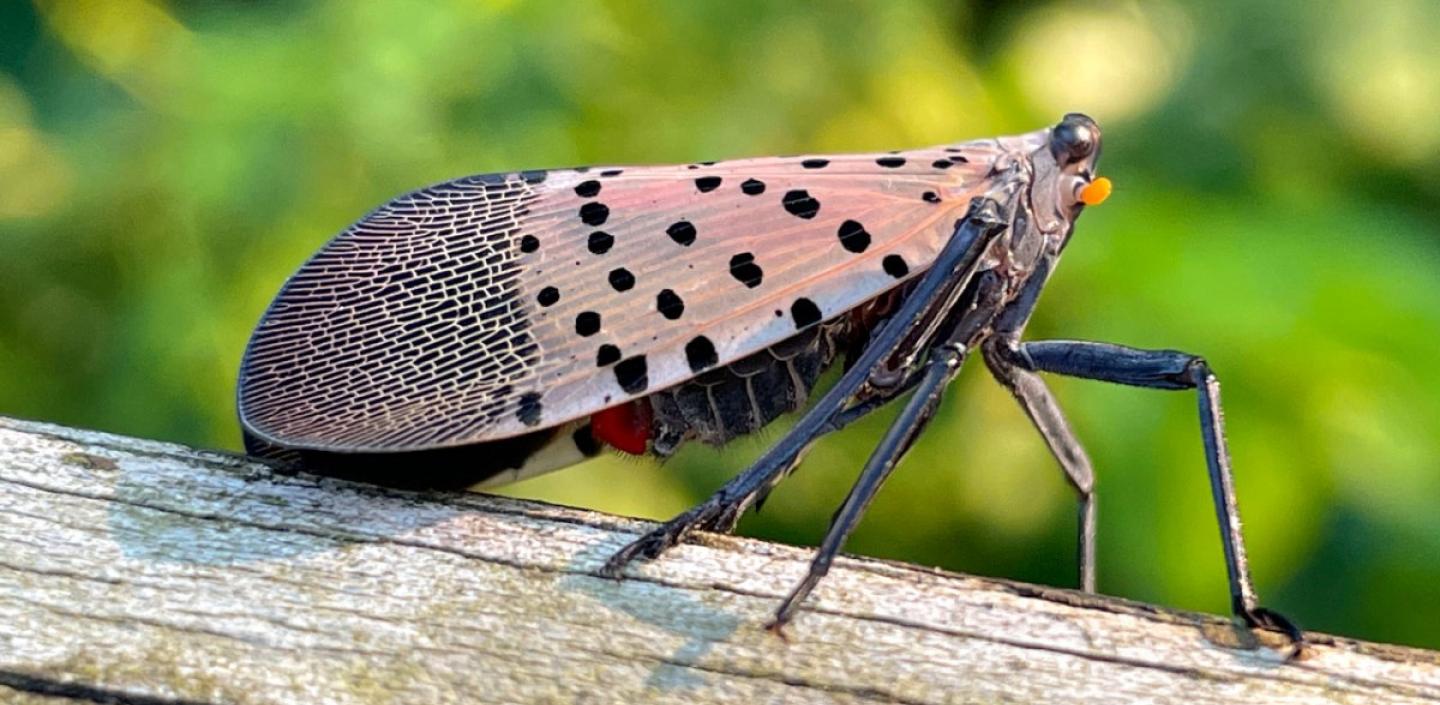A “critically invasive” species of lanternfly has entered Kentucky, according to an Oct. 25 news release from the University of Kentucky (UK).
On Oct. 25, the spotted lanternfly was found in Gallatin County, which borders Indiana along the Ohio River. The lanternfly was previously found in Indiana and Ohio, around the same area, in March 2023.
“The spotted lanternfly could pose problems for Kentucky grape producers, those working in the hardwood industry, growing apples or hops,” UK entomologist and assistant professor Jonathan Larson said in the release.
Larson believes that the lanternfly could spread rapidly across the state.
“It’s possible that adults could lay their eggs on cars, trucks, trains and other modes of transportation that come to Kentucky,” Larson said. “Their egg patches look like smears of mud and won’t hatch until next spring.”
According to UK’s Department of Entomology, the spotted lanternfly feeds by inserting its piercing mouthparts into host plants and sucking out their sap. This drains the host plant of its resources, and in large quantities the lanternfly can cause major branch dieback.
The lanternfly secretes a sugary substance called honeydew as part of its digestive cycle. This substance attracts other pests like bees and wasps, and promotes the growth of mold.
The UK Department of Entomology suggests insecticide application of potential host plants or eradication of plants that the lanternfly favors. In particular, the Tree-of-Heaven, listed as an invasive plant by the UK Department of Forestry and Natural Resources, could serve as an ideal host for the lanternfly. Tree-of-Heaven is known to grow rapidly in both woodland and urban areas, overtaking other plants with its windborne spores. This rapid-growth could encourage the expansion of the lanternfly’s population.
“Tree-of-Heaven and the spotted lanternfly have range overlap in the areas they are native to,” Larson said. “Further, the types of areas where Tree-of-Heavens pop up can overlap with areas where the spotted lanternfly may be introduced. They prefer to feed on Tree-of-Heaven as older nymphs and as adults.”
The spotted lanternfly has been documented in 14 states across the northeastern US, ranging from Connecticut to Tennessee.
“In my opinion, the most effective measures for preventing their spread would be to thoroughly wash cars, trailers and camping equipment after visiting places in the east where the lanternfly is abundant, especially late in the summer when the females are laying their eggs,” Illinois State Entomologist Christopher Dietrich told McClatchy News on Sep. 29.
UK has asked that Kentucky residents who believe they’ve found a spotted lanternfly send an email to reportapest@uky.edu, along with a picture of the insect and the county where it was found.


